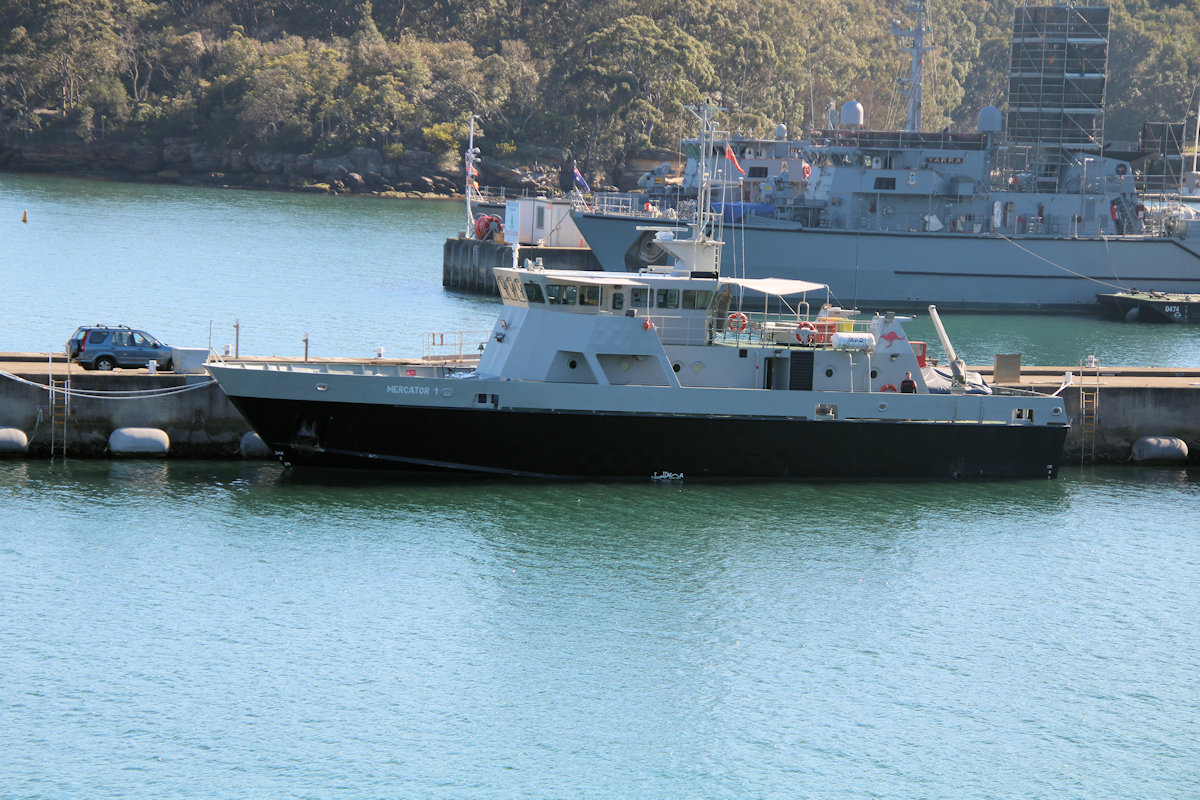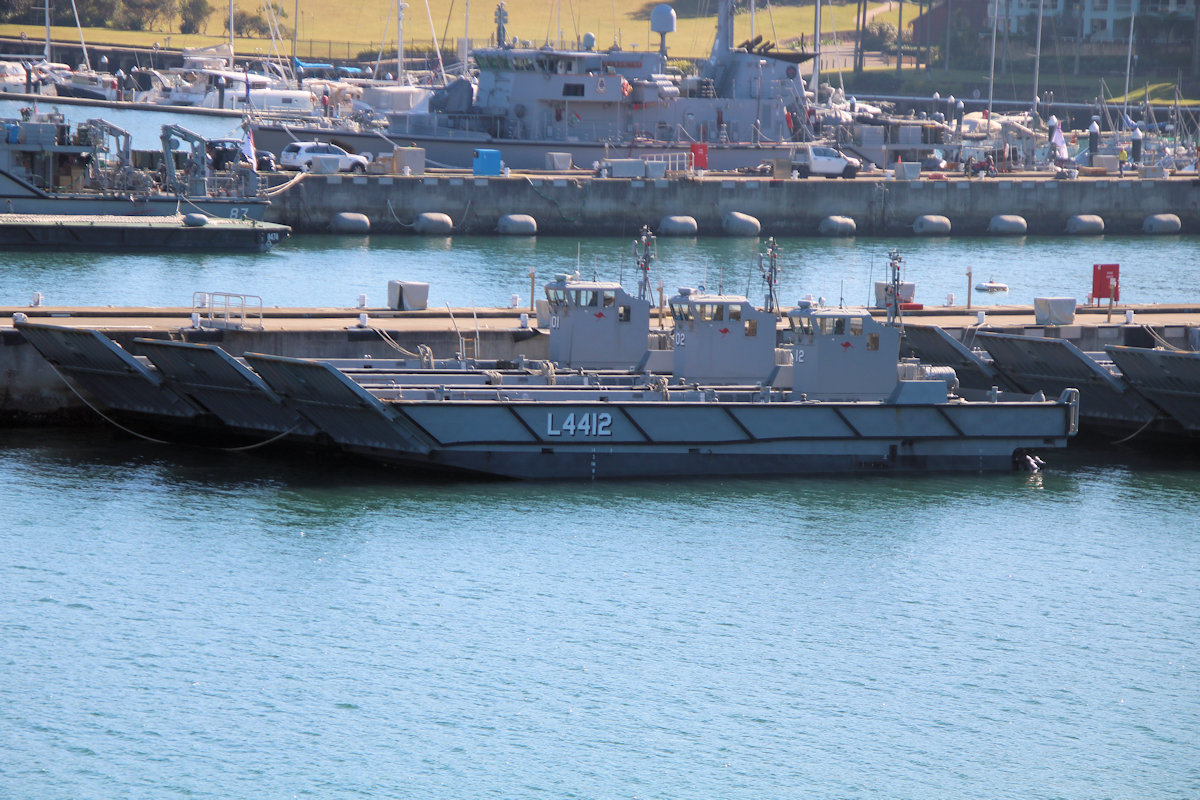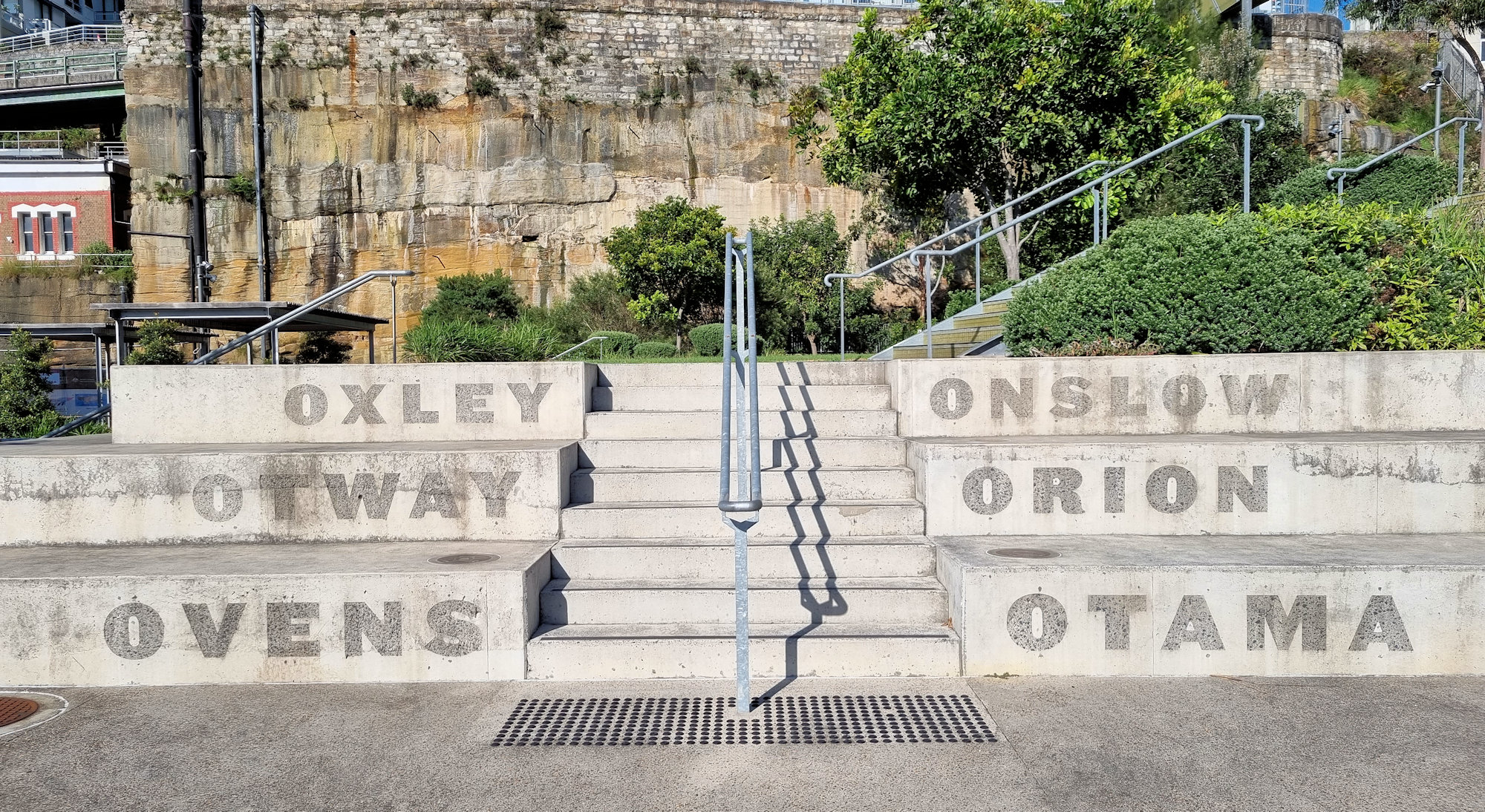Tag: Royal Australian NAvy
-
Royal Australian Navy MV Mercator

Royal Australian Navy MV Mercator A modified Pacific Class Patrol Boat, MV Mercator is used by the Royal Australian Navy for navigation training. Based at HMAS Waterhen on Sydney Harbour, she provides training to officers and sailors from the RAN and other navies in coastal navigation, ship handling and watch keeping procedures. She is also utilised… Read more
-
Royal Australian Navy LHD Landing Craft (LLC)

Royal Australian Navy LHD Landing Craft (LLC) Capable of being deployed from the Royal Australian Navy’s Adelaide-class LHDs, the LHS Landing craft (LLC) are equipped with radar navigation, GPS, gyro needle/magnetic and HF communications equipment, VHF and UHF. This enables them to operated over the horizon (greater than 37km) from the shore. The LLCs are… Read more
-
Sub Base Platypus Sydney

Sub Base Platypus Sydney Sub Base Platypus is a unique site located in Neutral Bay, Sydney, Australia. The site has a rich history dating back to the early 1900s when it was originally used as a gasworks site. In the early 1960s, the site was acquired by the Royal Australian Navy (RAN) and used as… Read more